You've seen the beautiful pink gems and now you're dying to get your hands on some–or you know someone who deserves a nice blush icing. In addition to being used in jewelry, Kunzite is often used as a source of lithium for ceramics, batteries and medicine. Named after George Frederick Kunz, the head Tiffany jeweler at the time of Kunitz's discovery, this gem carries with it numerous factors that determine its price.
What is Kunzite?
Kunzite is a pink gemstone that comes from the mineral Spodumene, and its color varies from a pale, almost colorless shade to a much deeper pink, and even to a light purple. It is most commonly found in the United States, Brazil, Pakistan and Madagascar. It was discovered in California at the beginning of the 20th century, and has gained popularity over the years. It is rarely cut as a small stone, so it is best used in pendants and other jewelry where a larger cut is best suited.
How is the price determined?
The shade of pink is the biggest factor in determining how much a Kunzite gem will cost. The paler the stone, the cheaper the price. A more saturated, deep pink will fetch a higher price than a paler or nearly colorless stone; darker Kunzite jewels are much more valuable. Other factors that will affect the price include the cut, clarity, and size of the gems. Remember that Kunzite is rarely sold as a small stone, so expect to pay more than, say, a half-carat's worth. Kunzite is found in sizes up to 8 carats.
The Price of Kunzite
How much you pay will also depend on where you purchase your jewels. Expect to pay less than $10 a carat for a very pale or almost colorless Kunzite. A very rich, deep pink stone will fetch around $60 to $180 per carat, while middle-of-the-road gems will typically run around $20 to $60 a carat.
As a gemstone, it is moderately priced, but keep one interesting factor in mind when investing in this gem: Kunzite's color has been known to fade over time, especially when in contact with heat and light. Since much of its value is placed on the deepness of its shade of pink, this means that it could easily lose value over the years. It is also quite fragile, and careful consideration should go into choosing what type of setting and jewelry you choose to place it in. It won't be a durable piece of jewelry, and may be best used as a special occasion piece – it's no wonder it is nicknamed “The Evening Stone,” perhaps not just because of its sensitivity to UV light, but also because it's best suited for a lovely night out.
Related Articles
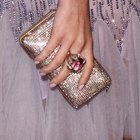
How to Tell If a Gem Is a Kunzite?

How Valuable Is a Garnet in Carats?

How to Collect and Sell Turquoise ...

Which Types of Gems Are Most Expensive?

Tanzanite Vs. Diamonds

Information on African Rubies
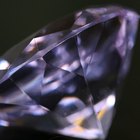
The Value of Commercial Grade Diamonds
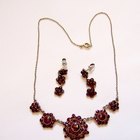
Difference Between Manmade & Natural ...

How to Identify Red Jasper

Types of Valuable Crystals

Physical Characteristics of the Ruby ...
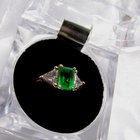
The Differences Between Emerald Cut & ...
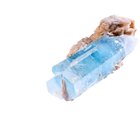
List of the Types of Semi-Precious ...

How to Tell If a Blue Diamond Is Real?

How to Buy Diamond Jewelry in Vietnam

What Is Cognac Amber?

What Is a Pink Amethyst?
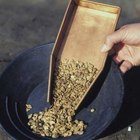
Difference Between 18K Gold Price & 24K ...
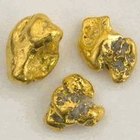
What Does Fake Gold Look Like?

How to Find Pearls
References
Writer Bio
This article was written by the CareerTrend team, copy edited and fact checked through a multi-point auditing system, in efforts to ensure our readers only receive the best information. To submit your questions or ideas, or to simply learn more about CareerTrend, contact us [here](http://careertrend.com/about-us).